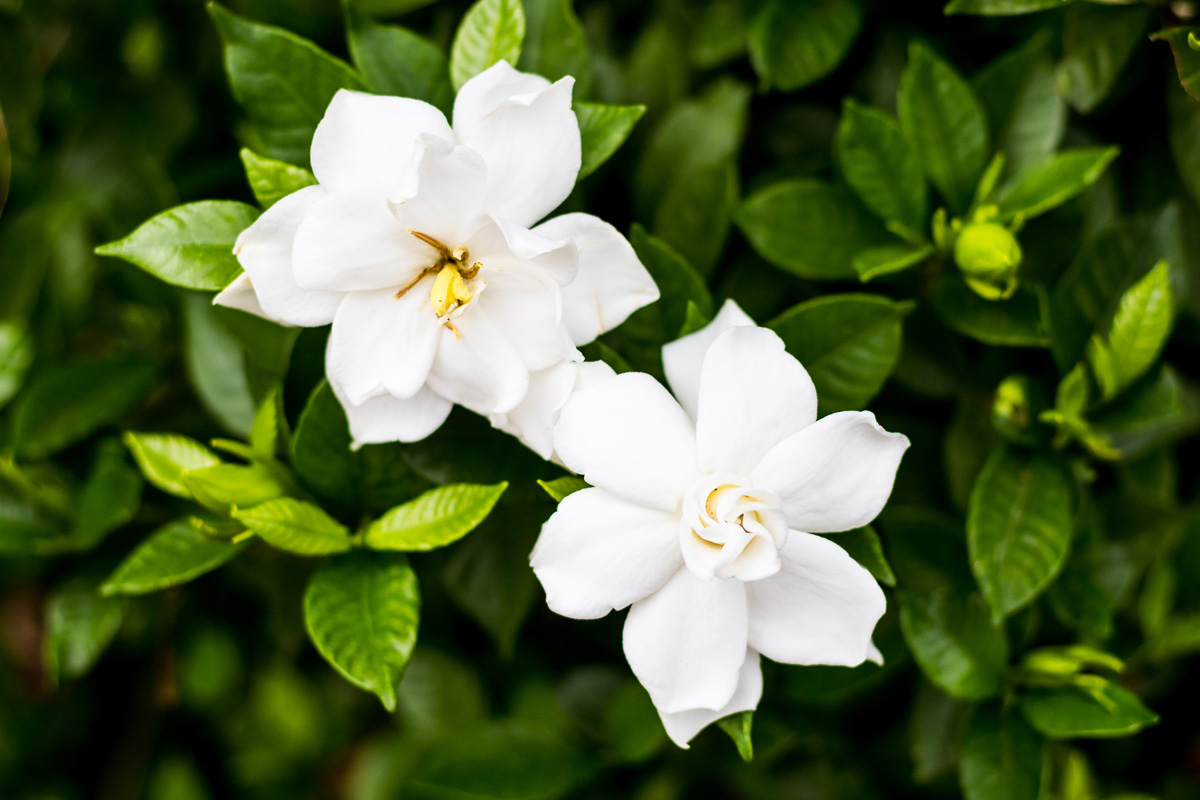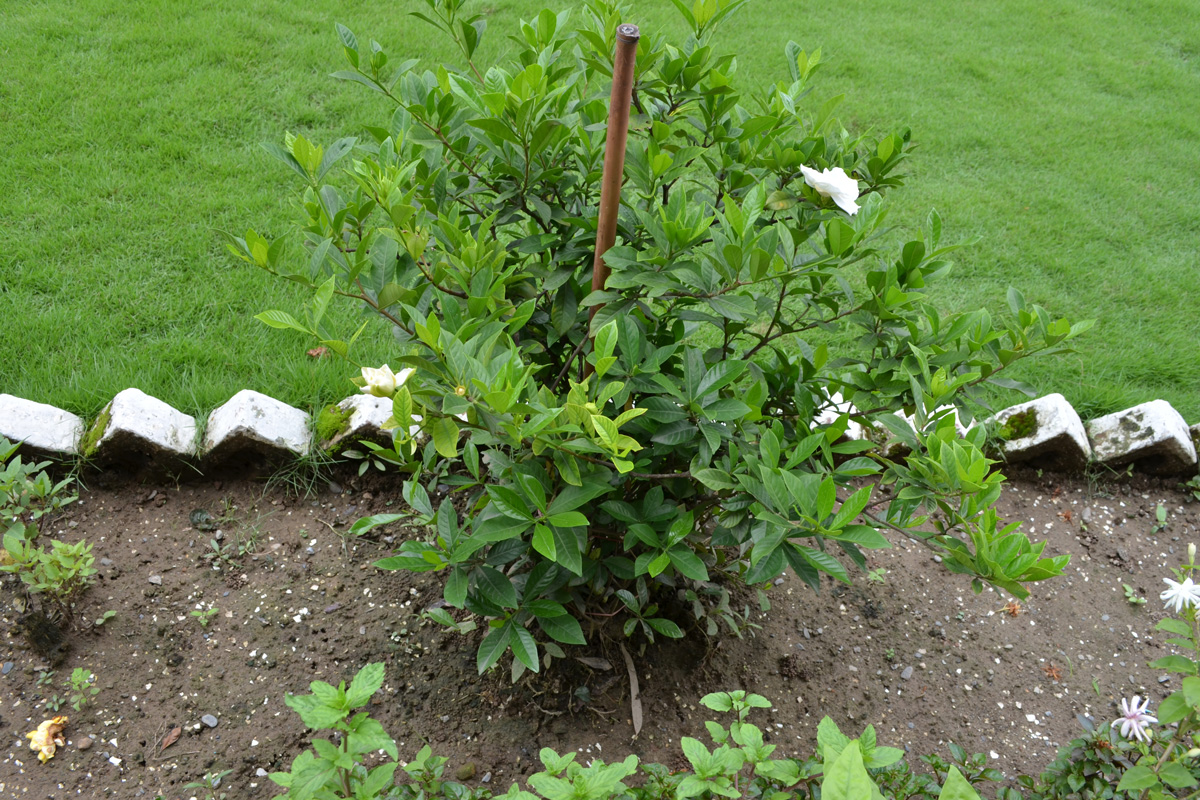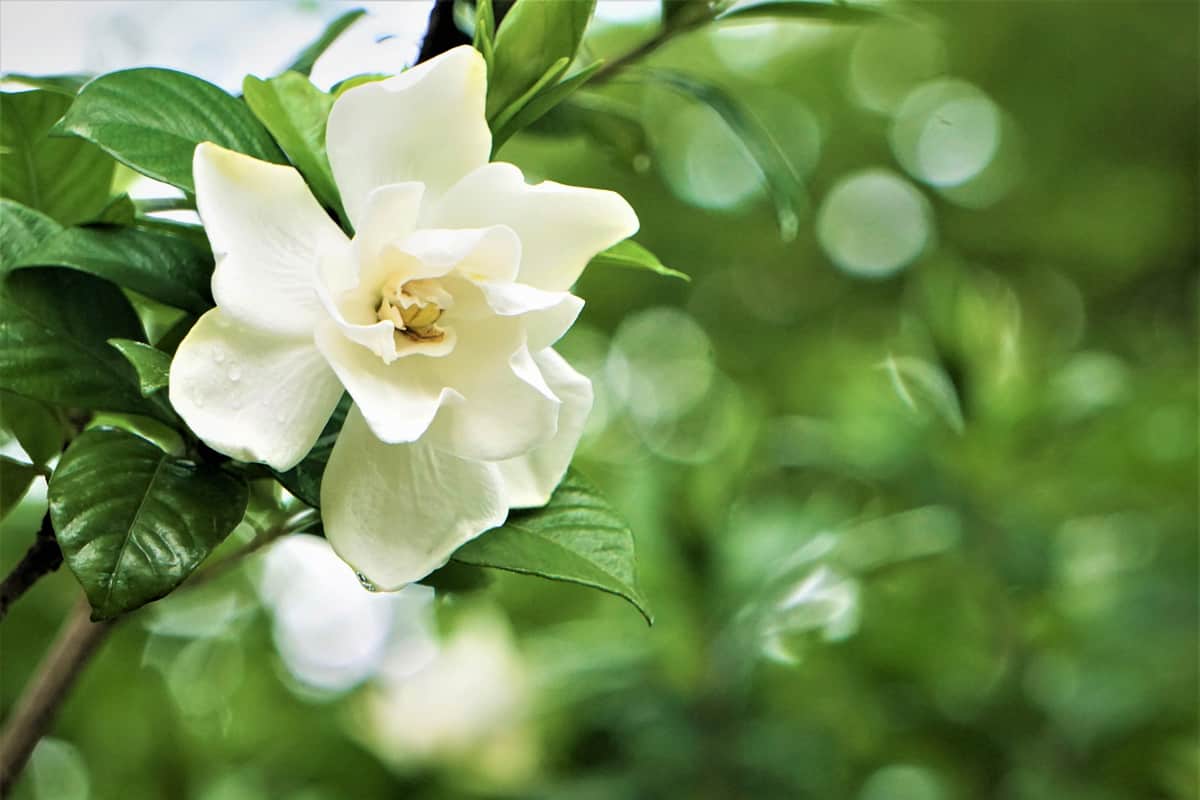Most gardeners love to plant gardenias because they can produce nicely scented and attractive flowers. And you probably also want them in your garden. However, before planting one, it would be best to know the difference between a gardenia tree and a gardenia bush. After much research, we have discovered the answer.
Interestingly, a gardenia is both a tree and a bush. It is a small tree that can produce evergreen foliage like a bush or a bush that you can braid like a miniature flowering tree.
Many people don't know that fact about gardenias. Aside from knowing the difference between the gardenia tree and bush, it would also be best to learn how to take care of them properly and grow them from seeds. So, without further ado, let's delve into the details!

Gardenias: An Overview

Naturally, you can find gardenias anywhere in the world with tropic and subtropic regions. It is an evergreen shrub that produces inherently fragrant and strikingly white flowers. In most cases, gardeners use this plant as a topiary shrub; the most familiar shape they create with it is a lollipop.
Gardenias can bloom in two manners; they can be single or double. The gardenia tree, which starts to bloom mid-spring up to summer, produces fragrant white flowers and, if deadheaded, can rebloom in the late summer.
However, it is crucial to keep in mind that extremely hot tropical sun can cause the flowers to drop from gardenias. Dry weather can also be a factor in this. In addition, the white flowers of gardenia can bloom as large as four inches, depending on their variety.
This plant is indeed attractively pleasing, especially since, aside from its blooms, its lustrous dark green foliage will also draw your attention. And if you plant gardenias, it would be best to place them in areas where people can see them freely and smell their invigorating fragrance.
Gardenias can grow to heights between two to seven feet and a width of up to three feet. Good thing you can grow them both indoors and outdoors.
Furthermore, note that they are hardy in USDA zones 8 to 11. Specifically, they flourish in Florida and other southern US states all year round.
Bush Or Tree—What To Call Gardenias?

As mentioned, gardenias are bushes with numerous stems that you can potentially shape into topiary trees, and you can do that in two ways.
First is to braid the stems of this shrub while they are still young to produce a thin trunk. Second, you can select the most erect stem to train and serve as the tree's trunk. So, you can call them either of the two.
If you want your gardenias to grow like how you see them in most gardens, which look like a lollipop-shaped miniature tree, it would be best to prune them regularly to shape them and provide them with proper care.
How To Properly Care For Gardenia Trees
The key to growing a nice gardenia bush is providing proper care. And to do that, you should meet all their growing requirements. If you don't have any idea how to do it, please carefully follow the procedures below:
Use The Appropriate Soil
Acidic soil is the best to use for a gardenia tree. And that means it will thrive in soil that contains lower pH levels. Standard potting mixes typically have a peat foundation; thus, they are suitable for this use.
Before planting outside, please use a soil pH tester to see if the potting mix you will use reaches such a soil pH level. If you notice that it is higher than the required pH, you must add one teaspoon of agricultural sulfur to the planting hole to make it acidic.
Click here to check out this soil pH tester on Amazon.
Provide Adequate Lighting
If you opt to have gardenias as a houseplant, it would be best to provide them with a bright light in the summer. However, that doesn't mean direct sunlight. Putting them in a window that receives afternoon shade is highly recommended.
On the other hand, outdoor gardenia shrubs will thrive at their finest in an area that provides partial shade.
Give Sufficient Watering
The ideal water amount to give gardenias is about an inch every week. Using drip irrigation is suggested, as it prevents water from getting on the leaves, which can lead to fungal infections like leaf spots.
In the winter, water less frequently and just until the soil seems dry to the touch. Gardenias in containers benefit from this approach of winter watering, too.
Observe Temperature And Humidity
As much as possible, you shouldn't grow gardenias in temperatures below 60 degrees Fahrenheit, and you need to protect them from drafts. Additionally, this plant thrives in humidity levels over 60 percent.
Frequent misting or utilizing a humidifier during a freezing and dry winter would benefit your indoor gardenias.
Feeding With The Required Fertilizer
Midway through March, fertilize your gardenias with a fertilizer that is rich in acid. Repeat the fertilizing process in late June. Always follow the manufacturer's usage instructions. You can usually incorporate the fertilizer into the soil or dilute it with water.
It is highly recommended to avoid overfertilization. And to do that, you might want to consider reducing the amount of fertilizer to put in your gardenias to what the manufacturer suggests. Also, you should prevent your gardenia bushes from producing new growth before entering their winter sleep by withholding all fertilizer beginning in the fall.
Furthermore, you can use an acidifying fertilizer, like the kind you'd use on azaleas, to feed your gardenias in a container around once every three weeks. Organic gardeners mostly choose:
- fish emulsion
- bone meal
- blood meal
Click here to check out this acid-rich fertilizer on Amazon.
How To Prune Gardenia Trees
The ideal time to prune gardenia shrubs is when they have ceased flowering. All you need to do is snip away all the dead branches and discarded flowers.
Gardenia only requires a cutback every other year, so you don't have to worry about pruning it every season. Use sharp pruning shears to trim either the green or brown wood. Doing such is okay since they can produce flowers on both kinds of wood.
Click here to check out this pruning shear on Amazon.
How To Propagate Gardenia Using Cuttings

Early summer is the best time to start propagating your gardenia tree using cuttings. It is when the plant is vigorously growing. You'll know that you can obtain high-quality cuttings if you think you are correctly providing your gardenias with the nutrients they need and that you water them well.
Transplanting gardenia cuttings would be best to do in the spring of the following year because it takes the cuttings about two months to develop a new root system.
Please follow the steps below to propagate gardenia trees:
1. Choose A Damage-free Stem
Before you start cutting, you should inspect your gardenia stems for signs of insect or disease damage. Pick a stem that has a bendable green tip. It would be best if you could see one that has at least two full leaves.
Get your pruning shears, cut the stem off about six inches before the tip, and remove the foliage at the lower part of the cutting, leaving two leaves at the top of the stem.
Please ensure that you use disinfected or sterile tools when pruning to prevent the cutting and the gardenia shrub itself from obtaining infections.
2. Ready The Cutting
Create two cuts on the cutting at a length of one inch, one on either side of the base. Prepare a rooting hormone and dip the cutting into it. Lightly tap the cutting after dipping to discard the rooting hormone stuck to it.
Click here to check out this rooting hormone on Amazon.
3. Plant The Cutting To A Container
The potting mix you should use for the cutting is a combination of coarse sand, perlite, and peat moss. Ensure they are all in equal parts, and load them into a planting container.
Fill the container until it is just an inch from the top. Dig a hole at the center of the container and make it deep enough to hold half of the cutting.
Put the cutting into the hole. Fill it with soil and tamp it down gently.
4. Water The Cutting
Make the soil slightly moist. You should also mist the leaves using a spray bottle. Additionally, it would be best to use a plastic bag to cover the cutting together with the container and use it as an artificial greenhouse.
Remember to water it regularly to make the soil consistently moist.
5. Observe The Temperature
Keep an eye on the temperature inside your house since the fresh gardenia cutting prefers a temperature of 70-80 degrees Fahrenheit. Also, you should place it in an area that gets indirect sun.
If you are in a hotter region, you can place the cutting outside, but ensure that it won't get direct sunlight. It would be best only to put it in a shady location. And if the area has high humidity, you won't need to use plastic anymore.
4. Inspect For Roots
The cutting will establish its root system after four weeks or more. To check it, you can gently pull the stem and see if there is resistance.
Conclusion

A gardenia tree or bush is an excellent addition to your garden. So, if you wish to grow one, please follow our guidelines to achieve a vibrant and merry gardenia bloom.
We hope this post answers all of your concerns about gardenias. If you wish to read further, check these related posts out!
When To Trim Gardenias In Florida? [Can You Do This All Year?]




